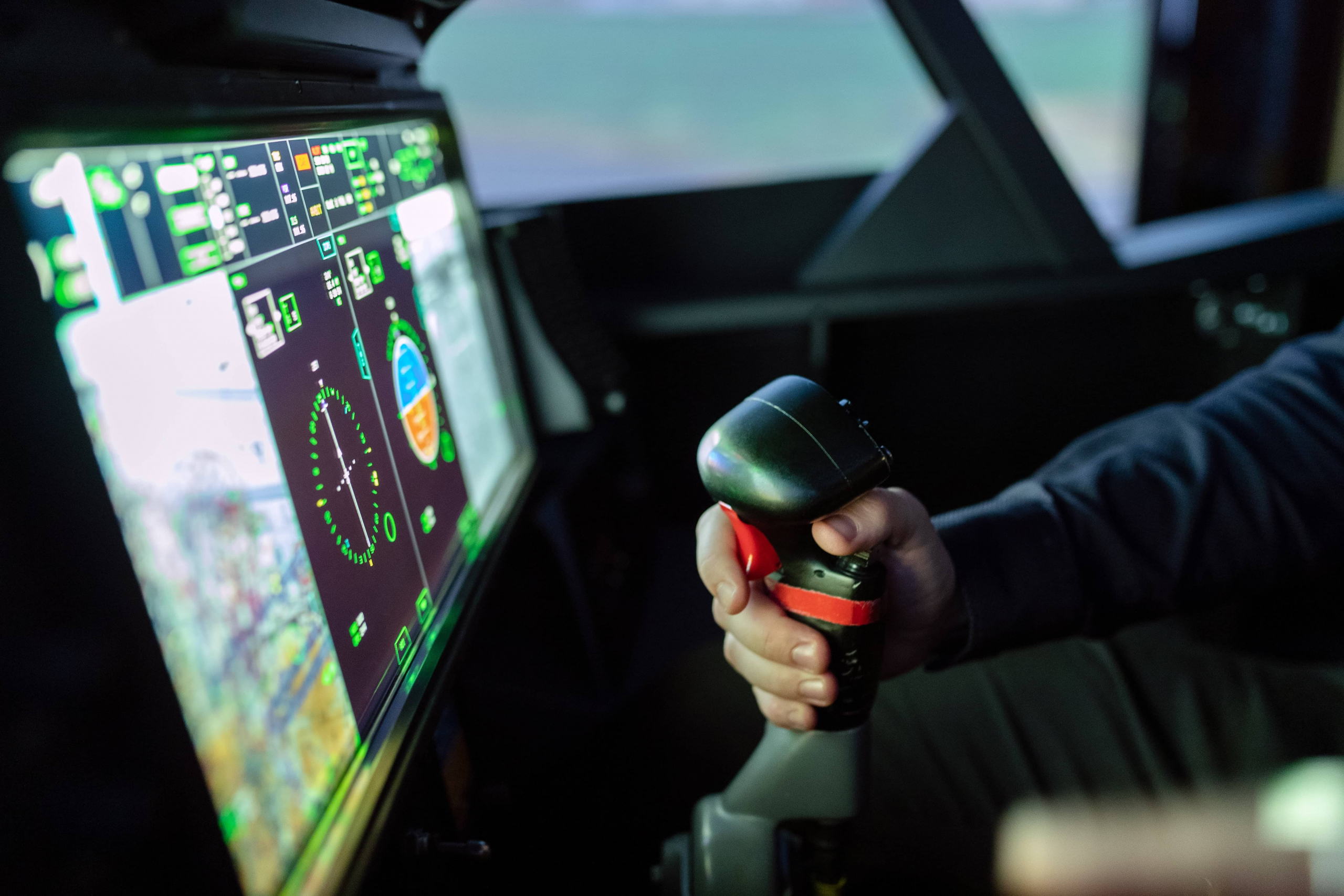DIFFERENT ACTORS FOR DIFFERENT NEEDS
Players in the civil aeronautics market are benefiting fully from this global context, topping sales records in this part of the world despite the fierce competition in certain market segments, even on the part of new competitors. Demand for more fuel-efficient aircraft is at an all-time high.
Defence aeronautics industry players are seeking to penetrate historically protected foreign markets while the European market is stagnating or collapsing due to public expenditure reduction programmes.
As for the space sector, it is experiencing a period of uncertainty: although telecommunications actors currently account for a large proportion of satellite sales, there is no indication that 5G will require new ones. In addition, support from governments (which are the other major space sector customer) is inconsistent across geographical areas, which weakens the European actors.
INCREASE IN THE PACE OF CIVIL ACTIVITY
Increasing production rates, internationalisation and the need for innovation are pushing the aeronautics sector to consolidate, with numerous mergers (i.e. Boeing/Embraer, Airbus/Bombardier C Series, etc.). Manufacturers are encouraging their suppliers to ensure their ability to follow them into new markets, reduce costs through economies of scale and maintain a strong capacity for innovation.
DEFENCE ACTIVITY IN THE FACE OF NEW SERVICES AND NEW CUSTOMER NEEDS
The relationship between states and defence actors is evolving, leading the latter to offer ‘turnkey’ services rather than products. This trend is accompanied by an increasingly strong desire from international customers to benefit from local presence to capture expertise and some of the added value, when they do not simply prefer to develop a local sector.
A NECESSARY TECHNOLOGICAL CHANGE TO ACCELERATE INNOVATION FURTHER
Ten technology trends are, to varying degrees, maturing in the broader industry, with actual pilot successes and initial scale ups.
- Cybersecurity & Cloud
- Big Data & Analytics
- Industrial Internet & Connected Objects
- Robots & Smart Machines
- Artificial Intelligence
- Blockchain
- Horizontal and Vertical Digital Integration
- Digital Twins & Simulations
- Additive Production & Innovative Processes
- Augmented Reality

